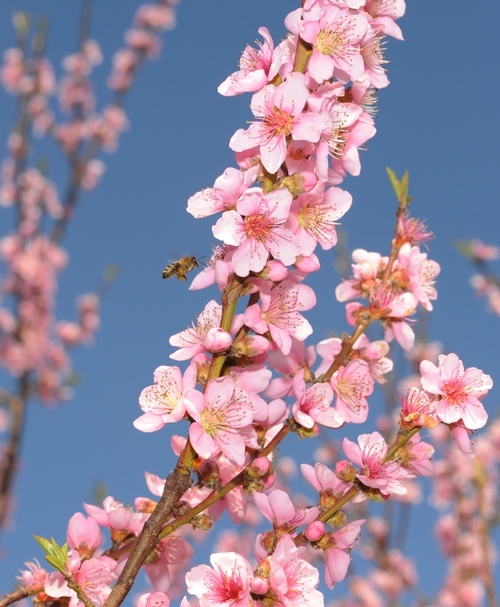Agriculture will have to adapt to the changing climate
In the California agriculture industry, the climate change discussion is less about whether disruption is coming than it is about how farmers will adapt, reported John Cox in the Bakersfield Californian.
Cox spoke to a Delano farmer who doesn't like debating climate change, but he has thought a lot about how to deal with it.
"As a grower, you just take it as it comes," he said.
Farmers may not agree with new regulations intended to reduce greenhouse-gas emissions seen as accelerating climate change, but they share an interest in preparing for the changes ahead, the article said.
"Everybody I know in agriculture says, 'Yes, the climate's changing and adaptation to that climate change is crucial.' So that's not controversial," said Dan Sumner, director of the Agricultural Issues Center, a UC Agriculture and Natural Resources statewide program. "At the same time, that doesn't mean they buy into every public policy proposal for mitigating the climate change."
Climate change is likely to prompt farmers to grow different varieties or different crops.
But even as California agriculture may struggle to adjust to climate change, so will its competitors overseas, Sumner said. The real question is whether the state's farming climate will remain superior in relation to that of other countries producing the same crops, he said.
In the Washington Post, Adrian Higgins reported on the impact of climate change to agriculture across the nation. From Appalachia to North Carolina to California, milder winters are inducing earlier flowering of temperate tree fruits, exposing the blooms to increasingly erratic frost, hail and other adverse weather.
Breeders are working to develop new varieties, said Katherine Jarvis-Shean, a UC Cooperative Extension orchard systems advisor in Yolo County. But new trees typically take two decades of methodical breeding to create, exposing existing varieties to the vagaries of shifting winters and springs.
“The consumer will begin to know it's happening in the coming 10 to 20 years,” Jarvis-Shean said.


